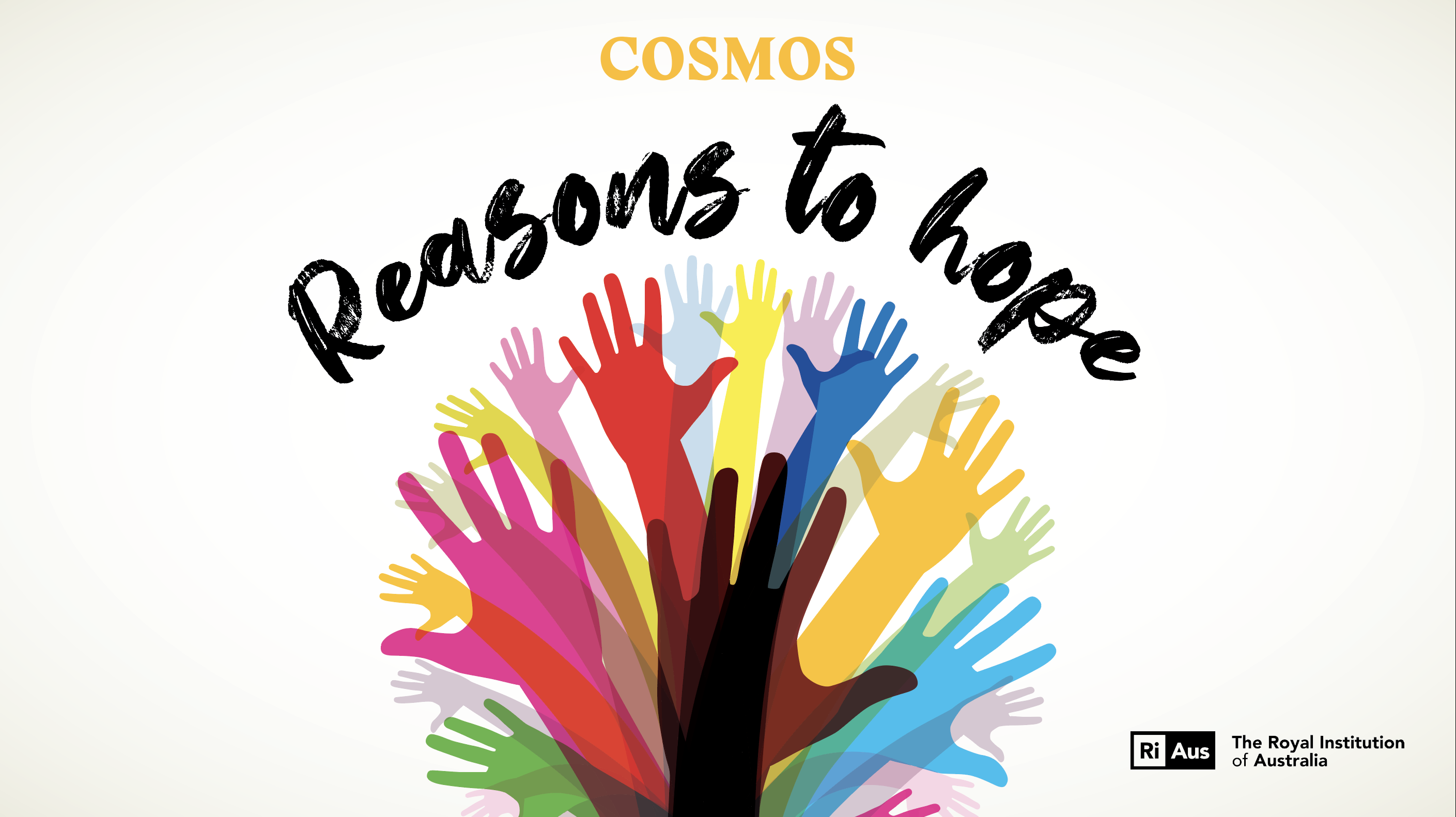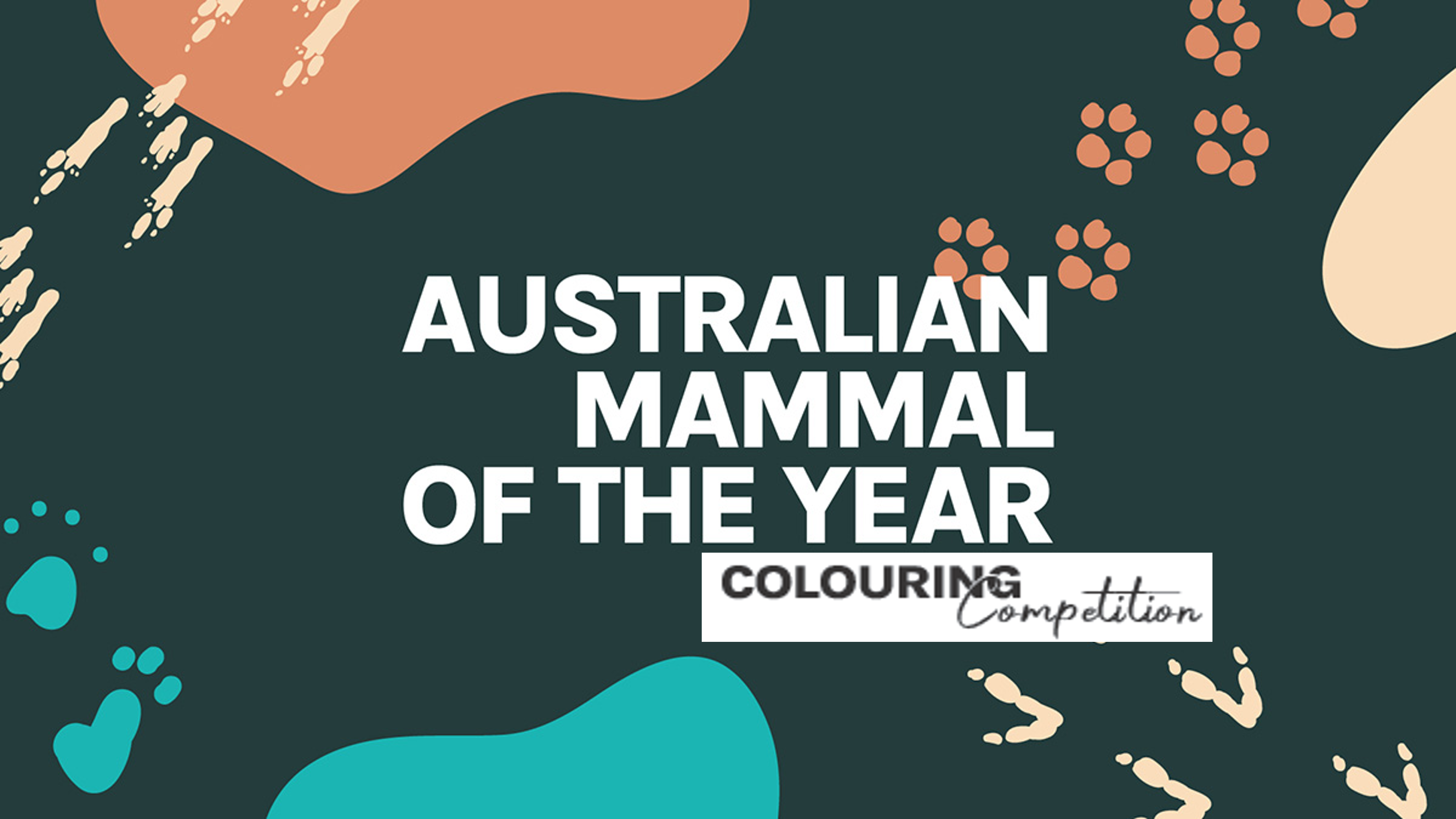Aboriginal and Torres Strait Islander people use their understanding of the night sky to navigate, inform cultural practices and much more.
This interesting resource explains the importance of Aboriginal star knowledge through three Aboriginal star stories. It is suitable for Year R, 1, 2, 3, 5, 7 Earth and Space students learning about Aboriginal astronomy, stars, seasons and the Earth’s rotation. Each star story can be told separately or together.
Word Count: 1725 / 368 / 283 / 581
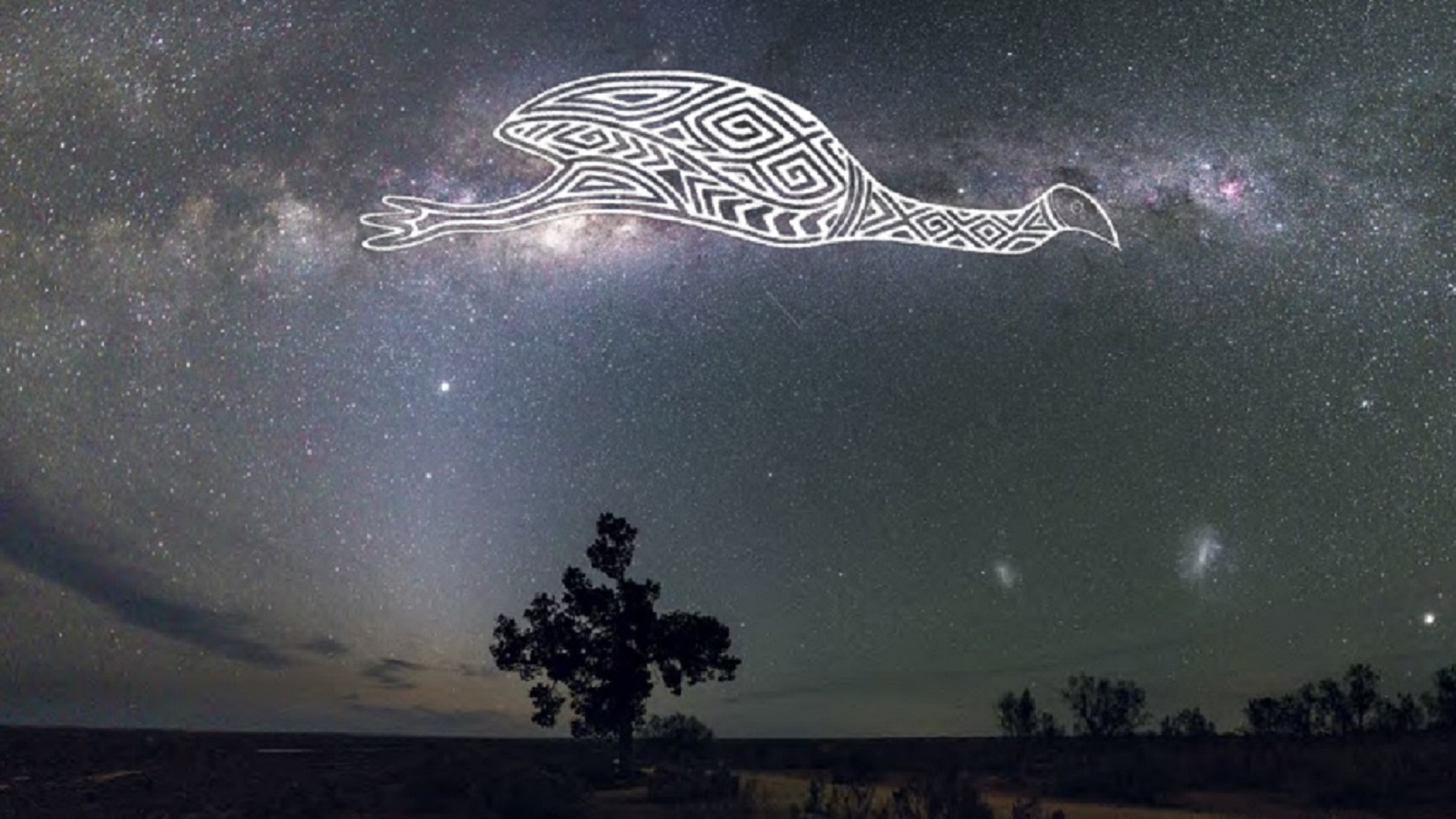
What comes to mind when you think of an “astronomer”? Perhaps a scientist peering through a telescope, contemplating the origins of the Universe? Unfortunately, this is rarely the case.
These days, a vast majority of professional astronomers spend their time behind computers instead. Modern telescopes are computer-controlled and hooked up to an array of high-precision instruments used to record vast quantities of high-precision data, far beyond the capabilities of the human eye. Astronomy is an exciting job, but only about 10,000 people work as professional astronomers today.
The work of an astronomer is one of the oldest skilled professions in the world. In ancient times, people observed the Sun, Moon and stars to navigate across land and sea, to understand the cycles of nature, and to predict seasonal changes, weather patterns, and the behaviour of plants and animals. This science is something that First Australians developed long ago. Knowledge of the stars is also used as a guide for informing traditional Law, social behaviours, kinship systems, and marriage classes – a practice that continues today.
Some of this knowledge is known communally, but the role of astronomer is usually the responsibility of highly knowledgeable individuals who observe the rising and setting of particular stars throughout the year, and keep track of the motions of the Sun, the phases of the Moon, and movements of the planets. “Indigenous astronomy” is more than the star knowledge of Indigenous people: it is the First Astronomy – the science of the stars that existed before, and independently of, the development of Western science.
The body of knowledge developed and maintained by traditional astronomers is rich and complex. Every single object in the night sky has a name, a meaning, and a link to the land. This body of knowledge is committed to memory through a powerful and enduring system of oral tradition. This utilises the power of story, song and dance to teach new generations, who memorise the information using the “method of loci”. This technique involves associating a memory or bit of information to a place or object, such as a feature in the land or sky. This is why Aboriginal and Torres Strait Islander people talk about the importance of the stars and maintaining a close connection to Country. Laws, kinship and travel routes are all encoded in the stars. This idea is encapsulated in the title of Warwick Thornton’s 2017 film about the Southern Cross, We Don’t Need a Map – it’s already there, in the stars.
Patterns in the stars
In the western Torres Strait, an astronomer is called Zugubau Mabaig (ZOO-goo-bahl Mah-BAIG), which literally translates to “star person”. The name is derived from a traditional story about Thoegay (TOE-guy). Thoegay was a fierce warrior, skilled fisherman and expert hunter. Long ago, he embarked on a fishing expedition with his brother and first mate, Kang, and a crew of 12 men called Zugubals. Thoegay stood at the bow of the canoe, Kang at the stern, with six men on either side rowing.
During a long fishing expedition, the canoe stopped near a reef, but the men had little luck catching any fish. Thoegay left to find a more suitable spot. As the day grew hot and the men grew tired, they began consuming their rations, including the water rations of Kang and Thoegay.
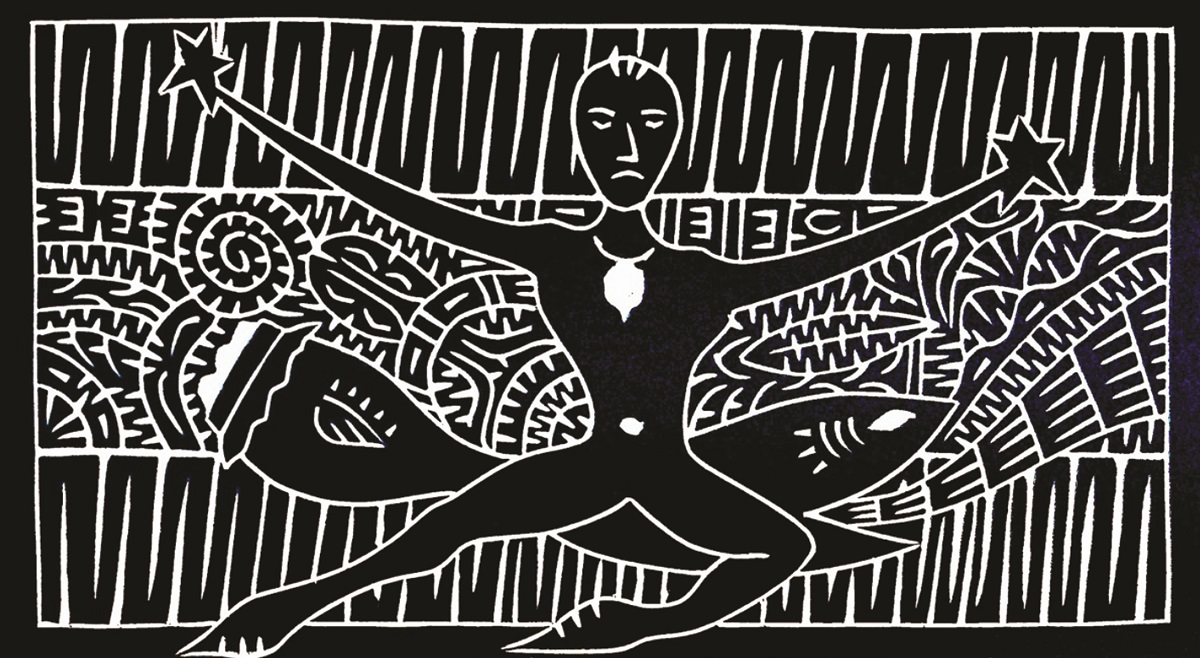
When Thoegay returned he erupted in fury and killed the 12 crew. Thoegay placed them in the sky as Usal (OOh-sahl) and Uthiyamal (OOT-yah-mal), the stars known to Western astronomers as the Pleiades and the ‘belt and scabbard’ stars of Orion, respectively.
Thoegay and Kang ascended into the opposite side of the sky from the punished crew. Thoegay is a large constellation, whose left hand is the Southern Cross and right hand the Western constellation Corvus. His body is composed of stars in Lupus and Centaurus, and he stands at the bow of his canoe (Scorpius), while Kang sits at the stern as the bright red star Antares.
As these groups of stars rise and set throughout the year, they signify changes in season from wet to dry, as well as inform the people about traditional Law. The name Zugubau Mabaig comes from the name of the crew and “mabaig”, a Kala Lagow Ya name for “person”. Today, traditional knowledge of the Zugubau Mabaig is reflected in the award-winning artwork of Mua man David Bosun, whose father was a traditional astronomer.
Collins also sees the technique as a major advance. “If it proves to work generally – and their study is the largest of its type done so far – it can be used to quantify how elements are transferred into the earth surface systems from the deep planet.”
“Life needs nutrients,” Collins adds. “Most of these, from phosphorous that makes up the framework of DNA to essential elements such as molybdenum or selenium, come from the deep earth and from erosion of rocks in mountain belts.
The story of Thoegay, with slight variations in spelling and narrative – such as Tagai (TAH-guy)in the eastern Torres Strait – is the centre point of Islander culture and spirituality. It is so important that the Torres Strait school network adopted the name Tagai State College, and uses the constellation as its logo.
The space between the stars
On the mainland, Aboriginal cultures trace out patterns in the stars and the spaces between them. Uncle Ghillar Michael Anderson, a Senior Law Man and Euahlayi elder, lives in Goodooga, in central northern New South Wales. He teaches that the space between the stars in the Milky Way contains numerous ancestral figures, including a serpent, a kangaroo, crocodiles and the now-famous emu in the sky – the “dark emu”. The terrestrial emu is called Dhinawan (Din-a-wahn), but the emu in the sky is called Gawarrgay (Gah-waar-gay). It comprises the dark spaces in the Milky Way between the Southern Cross and Sagittarius. The Coalsack Nebula, next to the cross, is the emu head, and the neck is traced down through the stars in Centaurus to the emu’s body in the galactic bulge of the galaxy, in the constellation Scorpius. The legs extend down into Sagittarius.
The position of Gawarrgay in the sky at dusk informs Euahlayi people about changing seasons, the flightless bird’s behaviour, the time to hold ceremonies, and how to navigate across the landscape. The traditional view of the emu changes depending on where it is in the sky at sunset, morphing from a female running to chase a mate, to a male sitting on the nest, then standing as the eggs hatch. The layers of knowledge are deep, complex and multi-faceted, with senior elders having the highest levels of knowledge.
In the traditions of the neighbouring Wiradjuri people of central NSW, the celestial emu is called Gugurmin, and is now featured on a commemorative $1 silver coin released by the Royal Australian Mint. The artwork on the coin is by Wiradjuri artist Scott “Sauce” Towney from Peak Hill, north of Parkes, NSW.
The ever-changing stars
Aboriginal and Torres Strait Islander people carefully observe the positions of the stars and subtle changes in their properties, such as brightness, colour and sharpness. These all have practical and social meaning that demonstrate careful scientific inquiry.
In the eastern Torres Strait, Meriam elders teach us how you can observe the twinkling stars to forecast weather and predict seasonal change. Dauareb elders Alo Tapim and Segar Passi explain that the rapid twinkling (scintillation) of stars is linked to shifting trade winds, which signal the transition from the drier Sager (sah-GAYR) to the wet Kuki (KOO-kee).
Near the end of the year, the air at ground level is very still, but if you look up you will see the stars begin to twinkle. This signals the shifting of trade winds from the cooler, drier south-easterlies to the hotter, wetter north-westerlies that bring the monsoon rains. If the stars appear bluer in colour and look a bit fuzzy, you know that rain is imminent.
This is due to humidity in the atmosphere absorbing the redder and greener wavelengths of light, as well as diffusing the incoming starlight, making them appear blurry. These traditions are kept alive through a popular Meriam song entitled “Uer Naskaisreda” (Weer nah-SKY-s’rey-da – the Twinkling Stars), written by George Passi.
Kokatha traditions tell about a man in the constellation Orion named Nyeeruna (who upside down, in the same orientation as his Greek counterpart). He pursues the young Yugarilya sisters of the Pleaides in his lust, but they are protected by their older sister, Kambugudha, who can be seen in the V-shaped cluster known as the Hyades. Nyeeruna grows angry at Kambugudha and fills the club in his right hand (Betelgeuse) with fire-magic to cast at the eldest sister. She counters him with her own fire-magic, which collects in her left foot (Aldebaran) and kicks into his face. In his humiliation, his fire-magic dims before coming back again later.
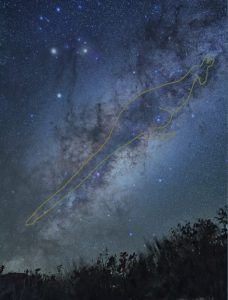
This repeating cycle explains the pulsating variability in brightness of the stars Betelgeuse and Aldebaran. In late 2019, Betelgeuse began to fade rapidly, making global headlines as some thought the star was about to go supernova. The dimming turned out to be caused by a giant “sunspot” that grew to cover more than half of the star’s surface. Betelgeuse did not explode (yet), but Aboriginal traditions do describe the appearance of bright new stars, which may be historical supernovae.
In Arnhem Land, Yolngu people maintain a tradition about two brothers who were fishing out at sea when storm rushed in and capsized their canoe. The older brother helped his younger brother reach the shore but drowned in the process. When the community held a special ceremony that night to honour his heroic deed, a bright new star appeared on the banks of the sky-river (Milky Way). When the younger brother grew to be an old man, he asked the ancestors to place him alongside his brother in the sky.
The brothers can now be seen as the stars Shaula and Lesath in the stinger of Scorpius. In the year 393 CE, Chinese astronomers recorded the appearance of a bright supernova in the tail of Scorpius. It was visible from late February to October before fading away. When the star went supernova, it was visible high in the sky over Arnhem Land at night, on the border of the light and dark dust lanes of the Milky Way (“banks of the sky-river”), just a few degrees from Shaula and Lesath.
This article was written by Peter Reeve and Duane Hamacher for Cosmos Magazine Issue 88.
Cosmos magazine is Australia’s only dedicated print science publication. Subscribe here to get your quarterly fill of the best Science of Everything, from the chemistry of fireworks to cutting-edge Australian innovation.
Years: R, 1, 2, 3, 5, 7
Login or Sign up for FREE to download a copy of the full teacher resource



